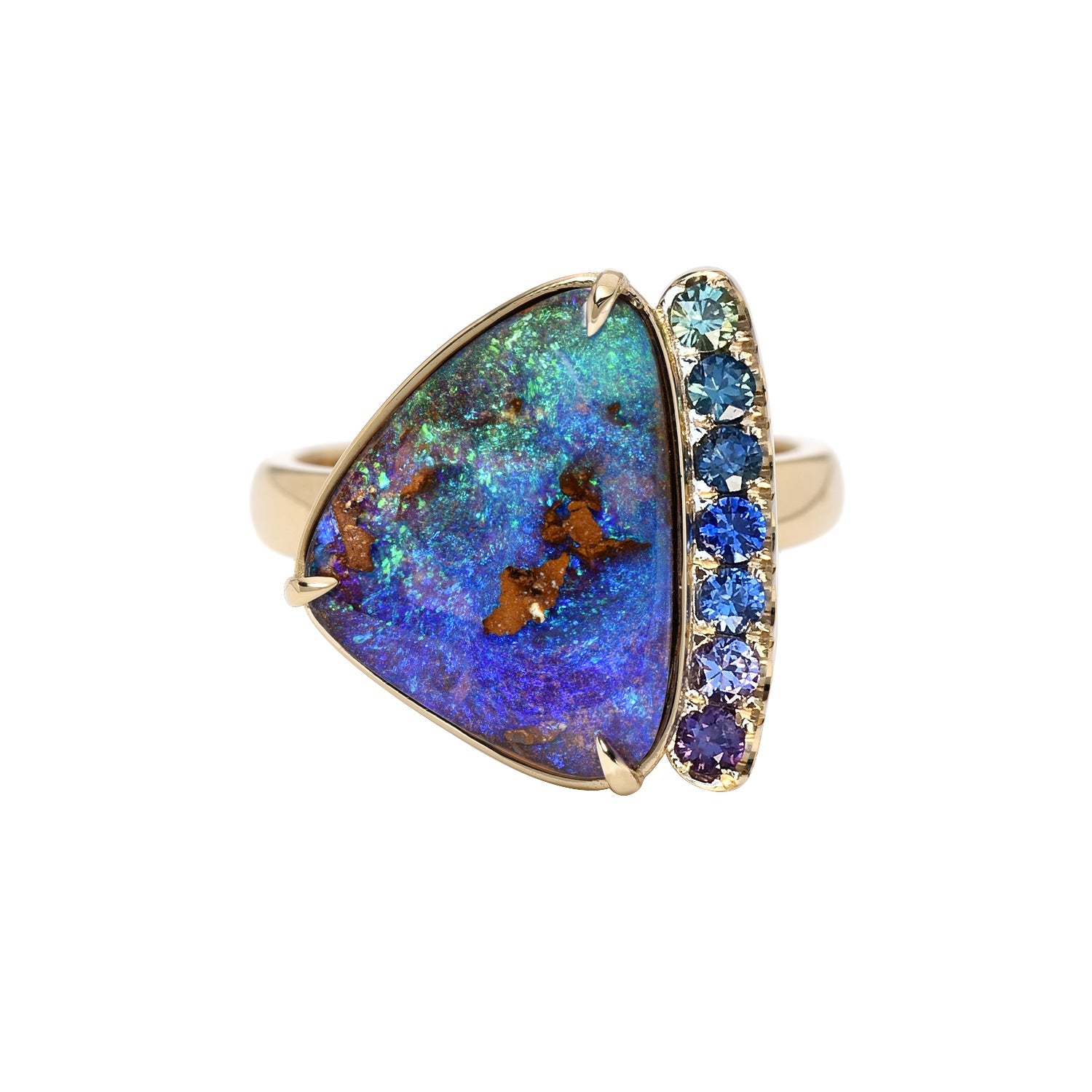
Honey-Kissed Halos Capture the Essence of Communion
nicole gluckmanShare
When thinking of ways to help your community, acts of service like running an errand for a neighbor or volunteering at a local organization might come to mind. Though it’s very unlikely that you would offer to tote around snacks for your entire neighborhood… for years. But honeypot ant workers known as repletes do this without giving it a second thought.
Scientists are unsure if these amazingly selfless insects are born with some sort of anatomical quality that predisposes them to the job or if they’re simply appointed by the colony or queen. Still, it appears that the largest ants tend to take on the role, which makes sense since they store honey reserves inside their abdomens.

Unlike many species of bees that collect nectar and transform it into honey through a multi-step enzymatic process before dehydrating and storing it in honeycombs, select worker ants in honeypot colonies source and store their sweets differently. They collect nectar and other nourishing liquids during times of abundance—from sources such as flowers and prey insects—then regurgitate it into the mouths of repletes whose abdomens eventually swell into a translucent, grape-like appearance and size.

These living larders provide food to the rest of the colony when outside resources run low by taking their turn at regurgitation; this process is called trophallaxis, and is induced when a hungry worker taps the antenna of a replete. Since these bloated beings spend most of their time hanging upside down in nests located underground, they expend minimal energy and therefore consume very little of the honey themselves.

Though the replete’s abdomens are reinforced by the plates—or sclerites—that form their exoskeletons, they are rather delicate and vulnerable to springing a leak when poked and prodded, especially by animals looking for a tasty beverage.
Some native peoples in the regions where honeypot ants live—like parts of Australia, the United States, and Mexico—have historically enjoyed sipping the sweet and sour (due to pH levels and other naturally occurring acids) liquids. While honeypots can live up to two years—dying typically only once their reserves have been depleted or if they’ve been attacked—when carefully done, humans can suck the nectar from the ends of their abdomens without causing the ants harm. (Sir David Attenborough and Gordon Ramsey have done this on camera, in case you're interested in seeing how it's done.)

Few embody communion more perfectly than honeypot ants. Not only do they work together for the greater good of their communities, but they quite literally sacrifice their bodies to do so.

Cradled in a prong setting, the opal stone in our Communion Australian Opal Ring is framed by a series of enamel halos in graduated honey-kissed blush tones—its flickering scene a subtle nod to the collaborative spirit of the natural world, a precious whisper of shared purpose, and a celebration of the beauty that results from taking care of one another.




